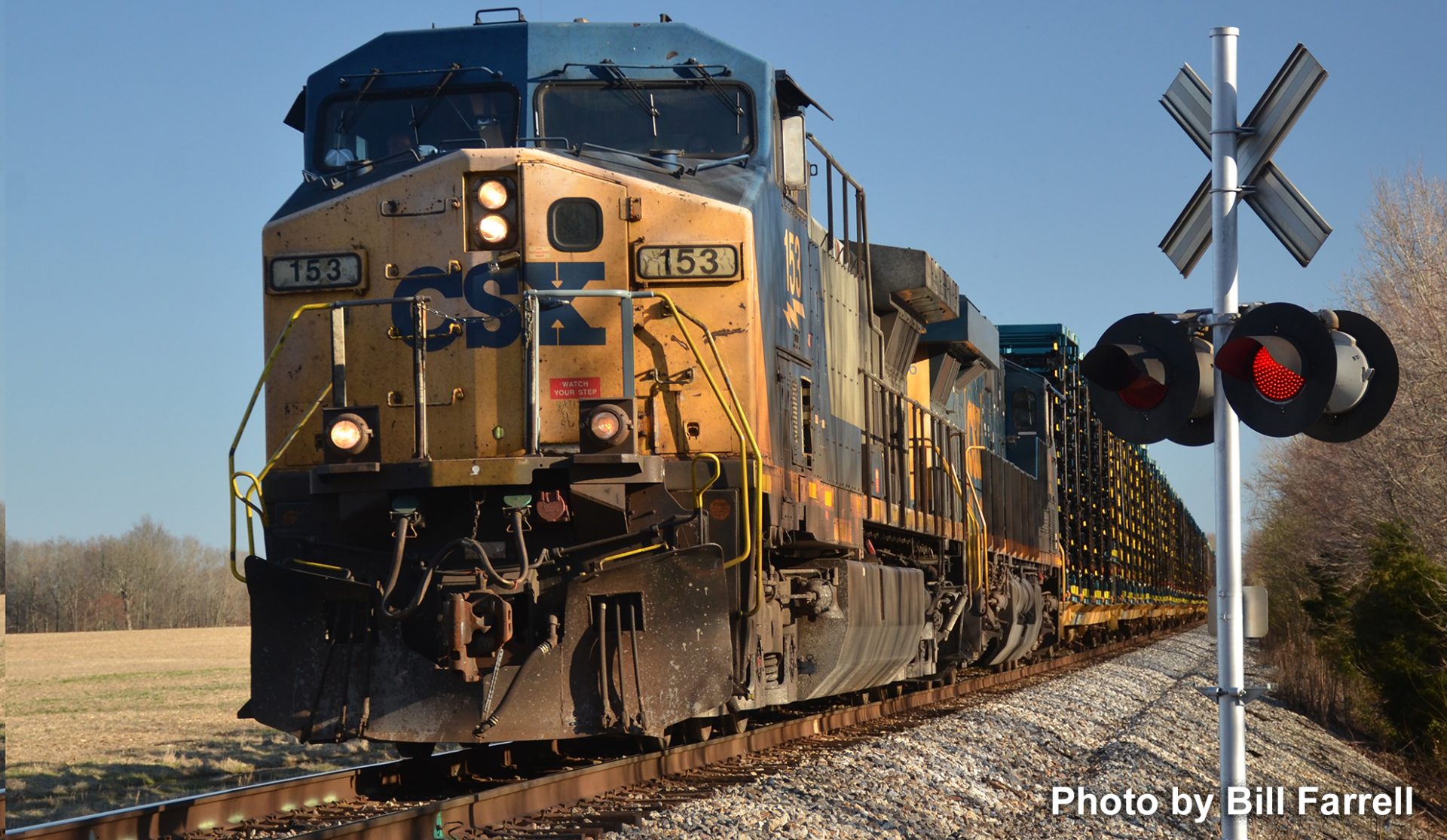Crude-by-Rail Transportation is Growing…
In past months, KBT’s Transportation News has reported on the recent increase of crude oil- by- rail transportation in Canada and the United States. Freight rail transportation of crude, in part, stems from opposition to new pipeline projects from Canada down into the U.S.
For instance, Canadian crude oil companies who had previously considered rail transportation as a short-term solution are now thinking of railroads as a long-term alternative, because railroads are ramping up track improvements and track speeds.
“What we are discovering as we open up our destination matrix is that rail can get to markets that pipelines don’t serve now, and really have no intention of serving,” said Tracy Robinson, a Canadian-Pacific Railway Vice President who has helped direct the company’s crude oil ambitions.
Without question, pipelines are still dominant. And there are a raft of new proposals, which would carry a vast amount of Canadian crude oil to the South, to the West and to the East, which raises the question whether trains are just a short-term solution.
And clearly, rail does suffer one important problem: it’s expensive. In rough terms, rail experts believe it costs twice as much to ship crude oil by train, some experts say $5 to $10 more per barrel. Ouch!
However, some Canadian crude oils are thick and heavy, requiring an expensive thinner called diluent to move the crude by pipeline. When moved by rail, the heavy Canadian crude move undiluted, which evens out the playing field on transportation costs. And with rail, crude oil companies can rapidly switch markets, since rail networks reach most points of the U.S., including important economic areas such as the Gulf Coast and California that pipelines from Canada barely touch.
We haven’t lost our minds here. KBT recognizes that massive quantities of crude oil are required to run the U.S. economy. Any massive shipment of crude oil will generally require pipeline connections. At the same time, it’s a tribute to American ingenuity and the flexibility of America’s amazing transportation network. Good luck to our friends in the rail industry!
